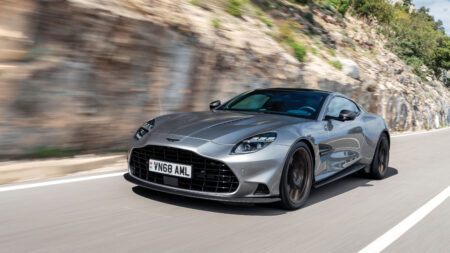
2025 Aston Martin Vanquish review: V12 GT is glorious
Hurtling across a mountainside at some unmentionable speed in the new Aston Martin Vanquish, I was moved to wonder whether it is possible actually to have too much of a…
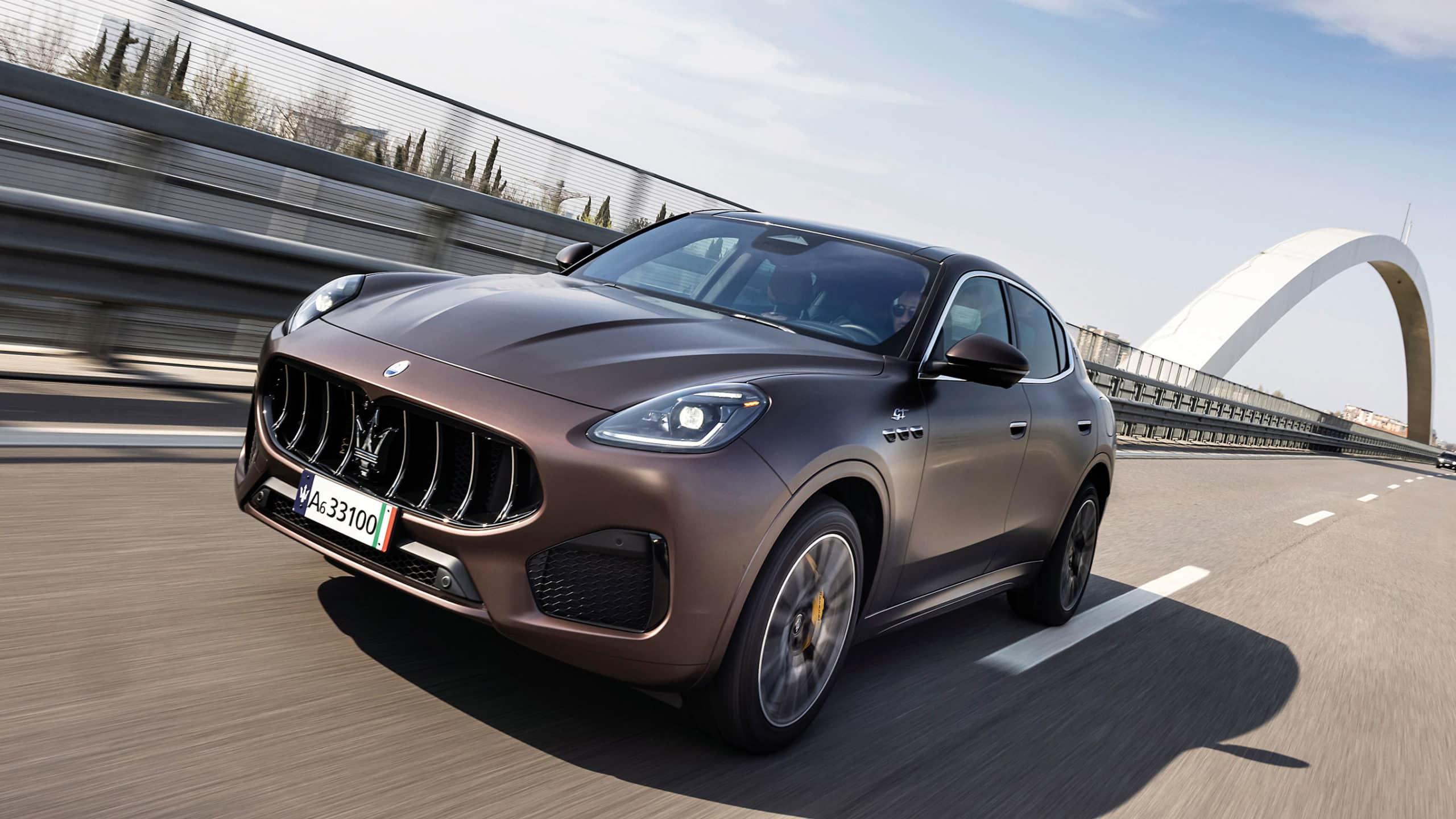
Maserati Grecale outdid expectations
I have this strange mental disconnect when it comes to Maseratis. When I think of those I’ve driven, including classics such as the original Ghibli, Khamsin and Indy, the overwhelming feeling almost all left me with is how underwhelming they were. There was a 2-litre Italian-market second-generation Ghibli I found fleetingly amusing and one of two Quattroportes whose charms have outweighed their failings. But most were poor. I didn’t even like the Ferrari Enzo-derived MC12. And yet, when I approach a new one for the first time, it is always with a sense of entirely undeserved hope, born from purest, baseless, don’t-blind-me-with-the-facts optimism. The next one will be the one. Except it very rarely is. The only Maserati I’ve adored was the Bora, and I will concede the new-ish MC20 is a very special car. The rest? No thanks.
But even I could not get excited about an SUV powered by a 2-litre four-cylinder engine, just because it had a trident on its nose. I knew from the outset the Grecale was going to be another deeply disappointing Maserati. So, for once, I did not approach it giddy as a schoolboy on his first date.
It’s a clean enough design, though the Alfa Romeo Stelvio whose platform it shares is far more attractive, not to mention quite a lot cheaper. The interior is sensibly arranged – those days when Italian car cabins felt the need to be gratuitously wacky are thankfully long gone – and it lacks for nothing in terms of the equipment, information displays and connectivity without which it simply would not sell. So far so fair enough.
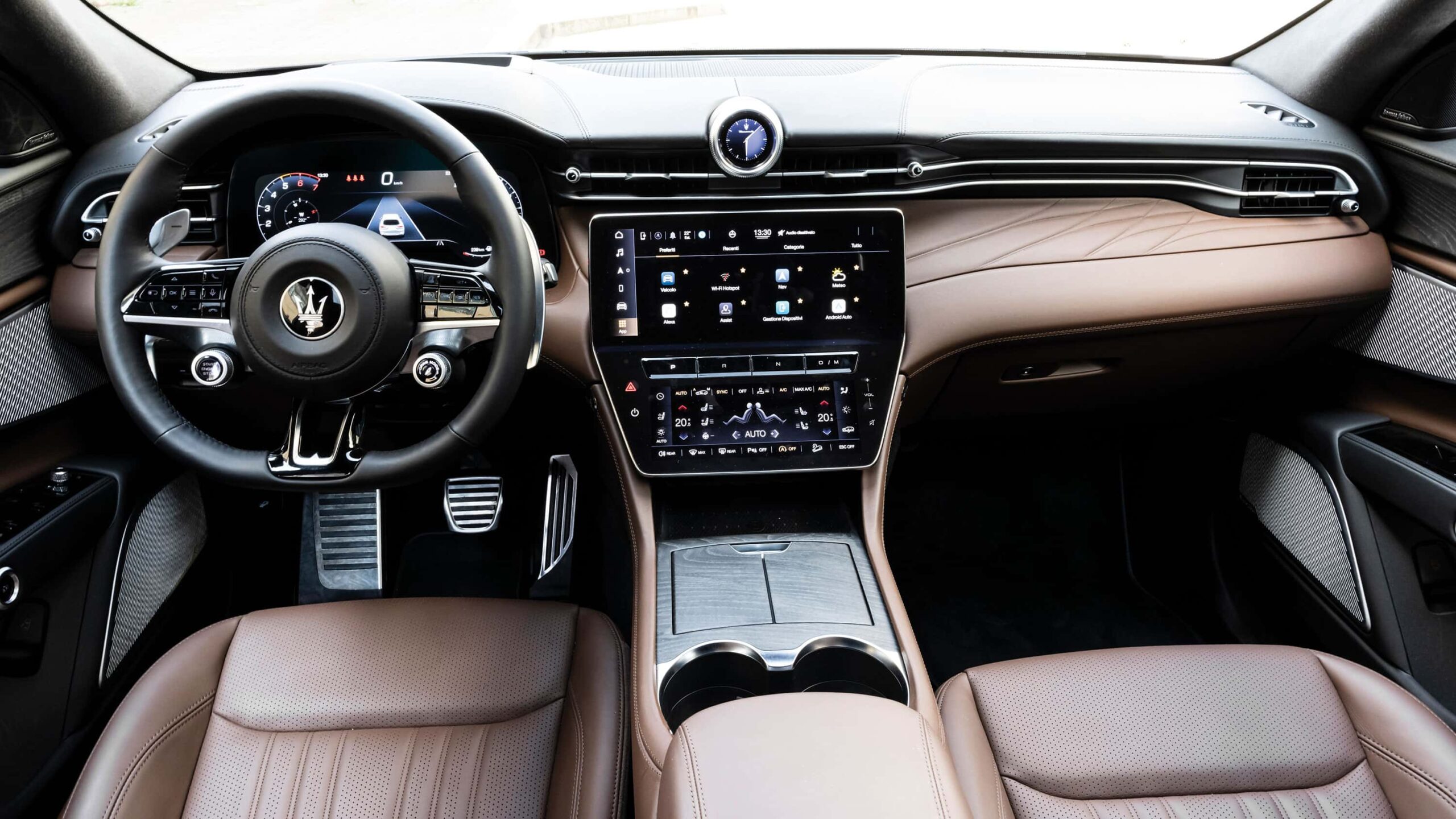
Maserati, a late-comer to the SUV market, believes the entry level GT will only account for one in ten of UK Grecale sales
Maserati
Beneath the skin are the same multi-link axles found in the Alfa and the same four-cylinder petrol engine, but all to Maserati’s chosen tune. There is also a V6 Nettuno engine used for the top spec Trofeo model said to be a “100% Maserati” engine, so it’s obviously just lucky it looks similar to, shares parts with and has the same stroke as the V6 in the Stelvio Quadrifoglio. And it is clearly no more than a coincidence that it has precisely the same bore and stroke as the V6 and V8 engines in the Ferrari 296 GTB and SF90 respectively…
But the 523bhp Trofeo is £300 short of being a £100,000 car so the choice for most will be between the base GT (£61,570) with 296bhp and the Modena (£67,180) which adds 30bhp and comes with active dampers, a limited slip differential and some minor cosmetic upgrades too. Maserati reckons the Modena will capture 70% of UK sales, with 20% going to the Trofeo and only a tiny 10% choosing the entry level car.
I tried the Modena first and established it was on optional air suspension before I drove. I was more impressed by the powertrain than expected, it proving not just strong across the rev range but surprisingly tuneful too. I thought it might suffer for lacking a double clutch gearbox but the standard auto is so responsive, the car simply doesn’t need it.
But both its ride and handling disappointed me, and that’s before you consider that this is meant to be a Maserati. It didn’t fall over or off the road in the corners – indeed it would always go where directed – but I felt no sense of connection to it, either through the chassis or the steering, and on fast undulating roads there was a level of float that made me select sport damping and put up with the hit to the already not great ride quality, just to restore some body control. I’d stop short of saying this was a poor car, just not a very good one.
“Its reactions were consistent and linear. I could feel the road”
The Trofeo was better and while you might think it would be surprising were it not given the price premium, it’s a better car for £100,000 than is the Modena for £67,000. It’s as fast as anyone could ever want an SUV to be, more fluently set up, less annoying and entertaining in a modest kind of way. Given the rival Porsche Macan Turbo no longer exists, there’s a real gap in the market for it.
I only drove the GT because there was a little time left before I had to leave. Remember this is a Modena less 10% power, with purely passive damping, no locking diff and, in this case, no air springs either. The poverty spec. No wonder no one wants it, I thought.
But goodness me they should. We were barely at the end of the road before I turned to the vastly knowledgeable Telegraph motoring correspondent sat next to me and saw him looking back with exactly the same expression on his face. He could tell this car was different, was better, even from the passenger seat. Suddenly I felt part of the car; its reactions were consistent and linear; I could feel the road. I was enjoying myself. What I could not feel – at all – were those missing 30 horses. It felt just as fast as the Modena and without those heavy springs, dampers, diff and so on, maybe it was. It even rode better too, particularly at low speeds. It was by a distance the pick of the bunch.
I bet I know why too: this GT is the Grecale that Maserati will have developed from scratch, the Modena a mere derivative spun off the back of the programme.
One day I’ll get it right with Maserati: after decades of allowing hope to triumph over experience, the one time I manage to keep my anticipation under lock and key, Maserati pulls out a car as good as any in its class. But remember: because a model has more power, baubles, bells and whistles doesn’t make it a better car. Sometimes less is more, and I’ve found no better example of late than this.
Price £61,570
Engine 2 litres, four cylinders, petrol, turbocharged
Power 296bhp at 5750rpm
Torque 332lb ft at 2000rpm
Weight 1870kg (DIN)
Power to weight 159bhp per tonne
Transmission Eight-speed automatic, four-wheel drive
0-62mph 5.6sec
Top speed 150mph
Economy 32.5mpg
CO2 198g/km
Verdict Maserati gets it right.

Hurtling across a mountainside at some unmentionable speed in the new Aston Martin Vanquish, I was moved to wonder whether it is possible actually to have too much of a…
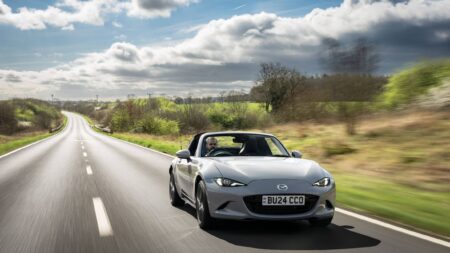
Far from rushing towards electrification, it is well known that every ‘legacy’ manufacturer with a history steeped in petrol and diesel cars has jammed on the brakes so hard I…
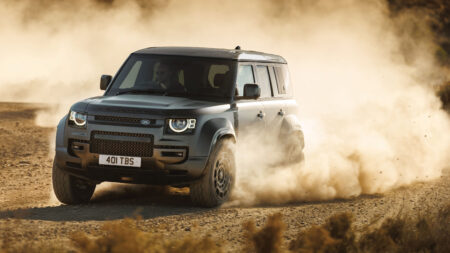
I don’t think there could be a greater expression of confidence in the brand than this. A very broad rule of thumb is that in most premium car ranges the…
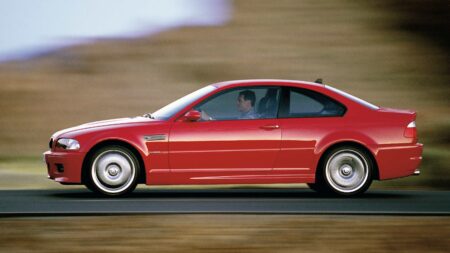
I have for some time been pondering the timing of what might loosely be described as ‘peak car’. There is no question at all, at least in my mind, that…
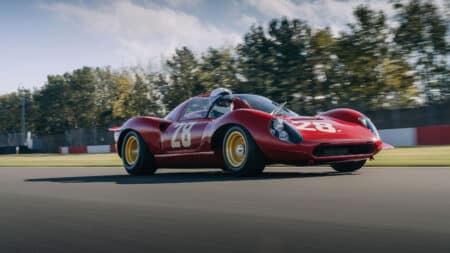
You know that phrase ‘if it looks right, it is right’? Were that always the case the Ferrari Dino 206 S would have won every race it entered, probably lapping…
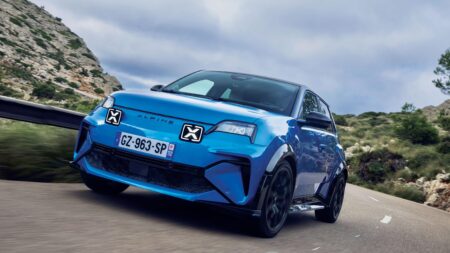
It was one of those moments when you just knew, and it took less than a mile. That was all the time I needed to know for certain that the…

First job of the new year? Drive a Dacia Duster from Wales to Belgium and back to attend the AGM of the Car of the Year jury on which I…

Recently, and in anticipation of the arrival of this very car, I found myself on a hillside with six generations that had gone before: the E28 original, the E34 that…

You’ll have been deluged with the images, goggled at the inexplicable video and been bombarded with all shades of opinion, but I just can’t not mention the Jaguar concept car.…
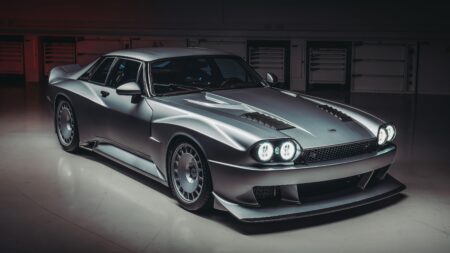
Car of the month – TWR Supercat It says TWR, but that’s no Group C car? Correct! This TWR isn’t quite like the old TWR that created fire-breathing touring and…
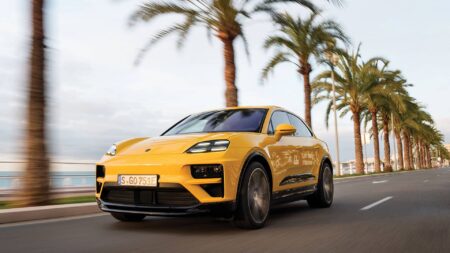
It would be understandable, perhaps even expected, for the usually unflappably confident Porsche to be just a little nervous about the reception its new Macan is likely to receive. Simply…
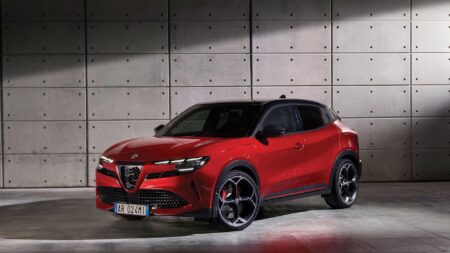
By the time you read this the fact that Donald Trump has become the first person since Grover Cleveland in the late 19th century to win non-consecutive US elections will…